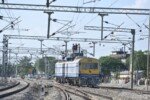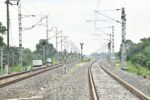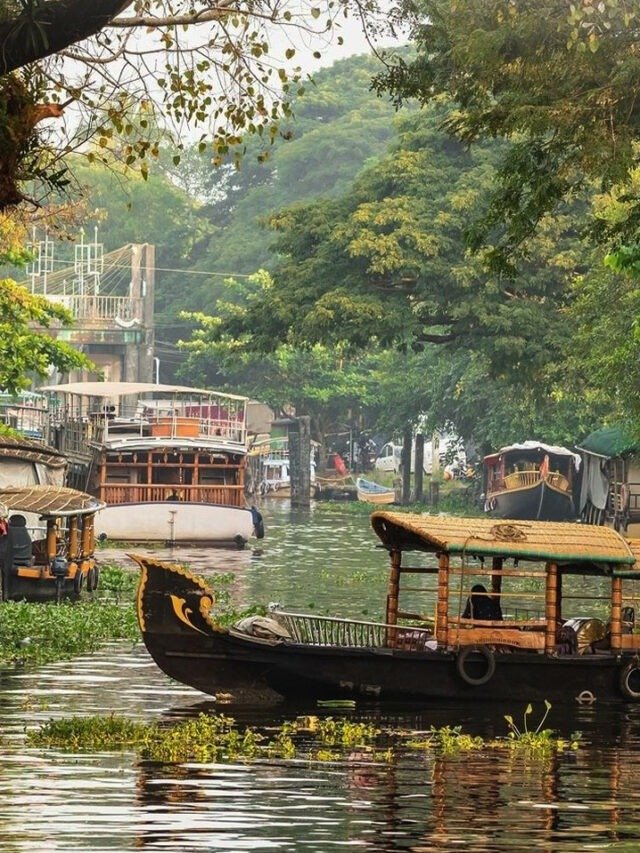HT Bureau
GUWAHATI, Nov 27: Northeast Frontier Railway (NFR) continues to make significant strides in its electrification mission as part of Indian Railways’ ambitious goal to achieve 100 percent electrification and net-zero carbon emissions. As of November 2024, NFR has successfully electrified a total of 2,827.74 Route Kilometres (RKM), which is above 66.00 percent of the total target of 4,260.52 RKM, reflecting rapid yearly progress in modernising its rail network.
Electrification has been completed across various divisions of NFR, with Lumding (986.76 RKM), Katihar (747.12 RKM), Alipurduar (618.75 RKM), Rangiya (433.8 RKM), and Tinsukia (41.31 RKM) contributing to the total. Among the states under the NFR jurisdiction, Assam leads with 1,401.46 RKM of electrified tracks, followed by West Bengal (935.94 RKM), Bihar (318.87 RKM), and Tripura (151.58 RKM). Electrification in states like Meghalaya, Mizoram, Nagaland, and Manipur has also been initiated, showcasing NFR’s commitment to inclusive infrastructure development in the North-eastern region.
During the last fiscal year, electrification of 921.62 RKM was achieved, with an additional 244.6 RKM electrified up to November 2024. Targeting a greener and more efficient network, NFR aims to electrify 1,573 RKM during the financial year 2024-25, significantly advancing its total electrification plan of 4,260.52 RKM.
This large-scale electrification project is being executed by premier agencies, including Indian Railway Construction International Limited (IRCON), Rail India Technical and Economic Service (RITES), and NFR/Construction. The completion of these electrification projects is expected to bring about multiple benefits, including eco-friendly and energy-efficient rail operations. It will reduce dependence on crude oil while enhancing train punctuality and speeds due to seamless traction.
NFR remains steadfast in its mission to provide a modern, efficient, and green transportation network for the region, supporting the broader goals of economic growth, environmental sustainability, and improved connectivity in the far-flung areas of the North-eastern states with the rest of the nation.












